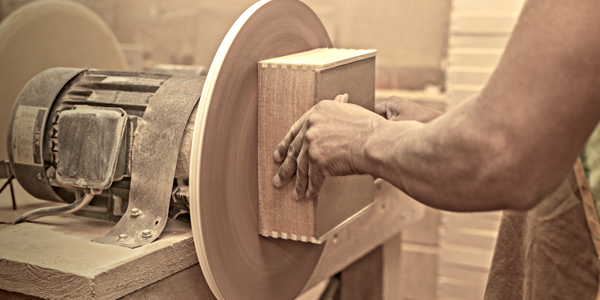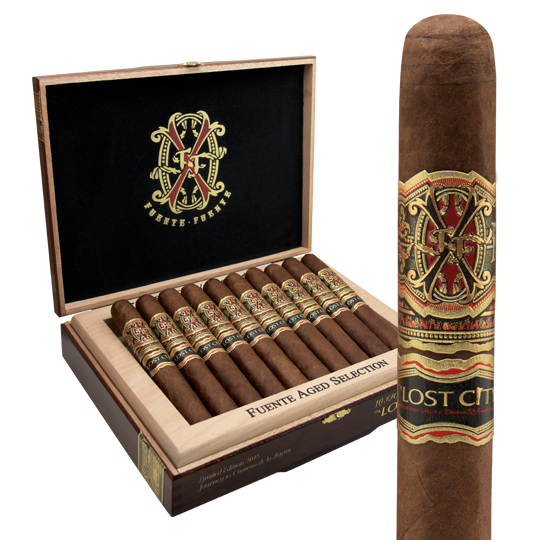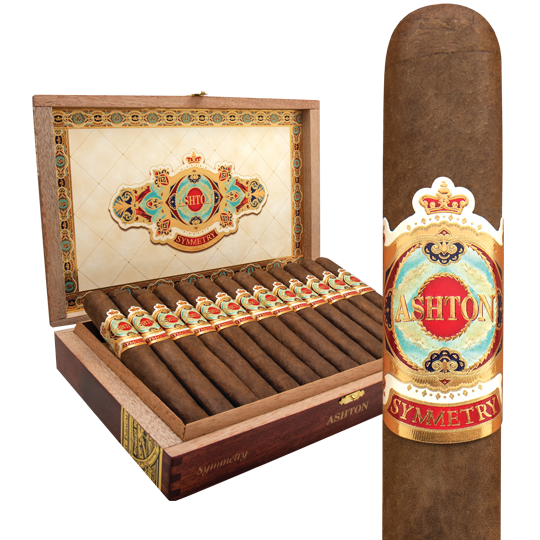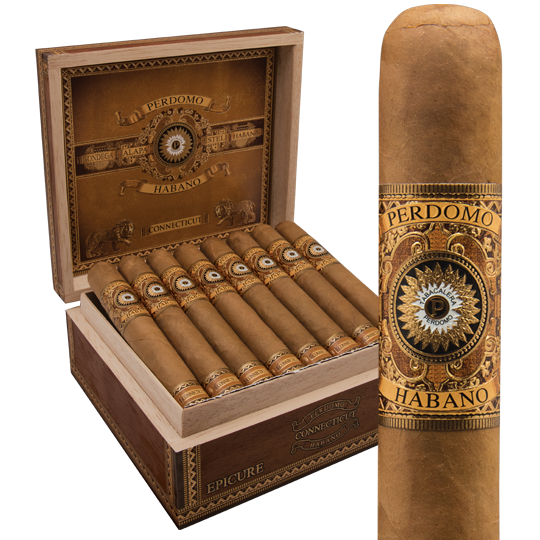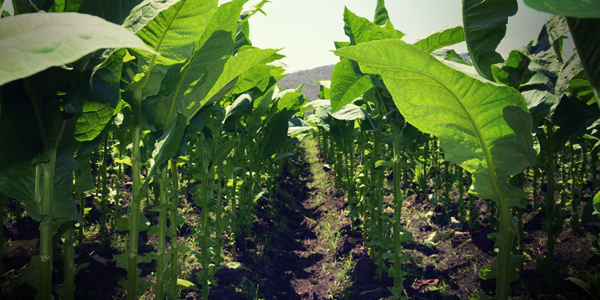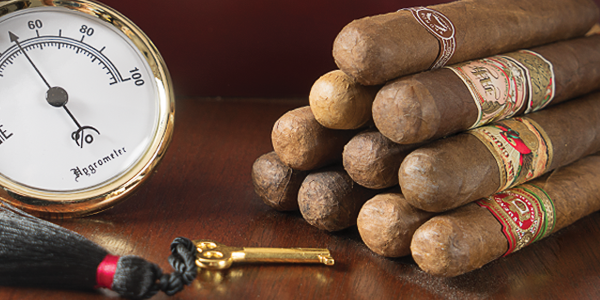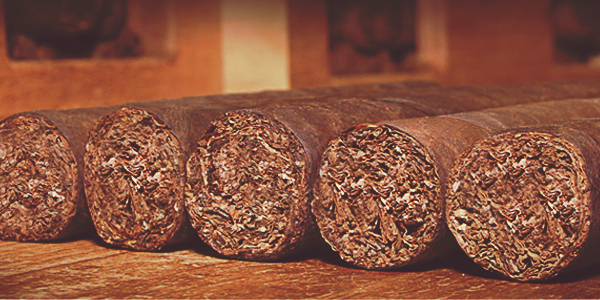How Are Cigar Boxes Made?
Let’s face it. If it’s true that you first eat with your eyes, then you also first smoke a cigar with your eyes. I mean, all those companies aren’t spending their time and money on cigar bands for nothing. More recently, the cigar box has become an important part of marketing the cigars themselves.
Dressing Up
Carlito Fuente understands how important making a good impression is and he has said that the box the cigars are in is integral to the whole experience.
“It's like your little girl,” Fuente told Cigar Aficionado. “You feel proud to see her in her prettiest dress. If you're a cigar man, it's like putting a star on stage. When you make a cigar it doesn't end there.”
Nearly 20 years ago, the Fuente company built a 50,000-square foot factory in Santiago, Dominican Republic (DR), to make cigar boxes. About 40,000 or more boxes are now made there every week. That adds up to more than two million boxes a year to provide shelter to the more than 40 million cigars the company makes.
When you buy a box of cigars made by the Fuentes, the detail that goes into their presentation is met with the same level of meticulousness as the cigars themselves. Fuente Fuente Opus X and Ashton Symmetry boxes radiate with marvelous color, ornate clasps, and rounded corners. It’s an announcement that what’s inside must be special.
Make Your Own
Making his own boxes for the Fuente Hemingway Masterpiece allowed Carlito Fuente to shape the box like a book, with pages. That’s another level of artistry. Today, many cigar companies are making their own cigar boxes. General Cigar Corp., owned by the Scandinavian Tobacco Group, has a few factories that make boxes and uses one in the DR to manufacture the most difficult boxes. Nestor Plasencia, who has long made cigars for many brands, also makes boxes for his own cigars and for other companies in Danlí, Honduras, near the northern border of Nicaragua. Davidoff doesn’t make its own, but has a company next door to its facilities in the DR that has been making cigar boxes for more than 100 years.
Different Boxes
Cigar boxes are generally of two types. The simpler ones, called dress boxes, are made from cedar plywood. They are usually made by hand and staples affix the edges. Artwork usually covers the entire box. The more premium boxes are made of solid cedar or mahogany. Those are commonly referred to as cabinet boxes and typically hold cigars in three rows of eight, nine, and eight cigars. Classic cabinet-style boxes hold 50 cigars that are tied with a ribbon and packed without cigar bands. This allows for more space between the cigars and more air circulation (the cigars are not packed right up to the interior wall of the box), and that, it’s said, allows for better aging. When you need a temporary cigar storage box for traveling or to fix over-humidified cigars by dry-boxing them, boxes made from cedar work best.
How a Cigar Box Is Made
Call it vertical integration, but given the pride cigar makers take in their brands, it’s increasingly common that they control every aspect of the process from farm to cigar store humidors. Perdomo Cigars is an example.
Perdomo buys top-grade timber from a supplier on the Atlantic coast of Nicaragua. The trees Perdomo purchases are Spanish cedar. Nicaragua has a lot of them, but Perdomo acts sustainably and for every tree it takes, the company plants three more to replace it. Once the tree gets to its destination, the bark is stripped and the timber cut into rectangular blocks. Before the wood is cut, the moisture content of the wood is measured to get information on what levels are best.
At this point, state-of-the-art machinery and lasers take over, cutting and sanding the kiln-dried wood precisely to make all the panels of the box. Even the direction of the wood grain is matched among the different pieces.
“I see our boxes as pieces of fine furniture,” Nick Perdomo explained. “That’s why we use only the very best grades of Spanish cedar and mahogany for our boxes.”
You Paint Cigar Boxes, Don’t You?
Once fabricated, the wood is smooth as silk from numerous sandings and the first coat of lacquer is applied, followed by a stain applied by hand. Now dry, the box gets sanded again before getting a second coat of lacquer. The numerous filters in the room continuously clean the air and help the boxes dry uniformly and without artificial lights (though some box makers do use them). A final coat of lacquer is put on.

